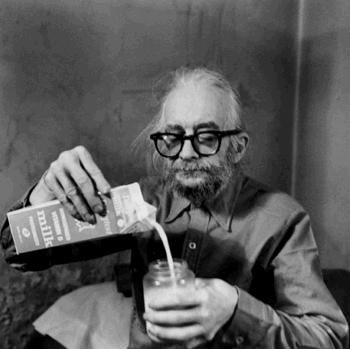“There is no stillness in this wood.
The
quiet of this clearing
Is
the denial of my hearing
The
sounds I should.
There
is no vision in this glade.
This
tower of sun revealing
The
timbered scaffoldage is stealing
Essence
from shade.
Only
my love is love’s ideal.
The
love I could discover
In
these recesses knows no lover,
Is
the unreal,
The
undefined, unanalysed,
Unabsolute
many;
It
is antithesis of any,
In
none comprised.”
Through
analogies, wordplay, and irony Cunningham attempts to illuminate the
true and false nature of love. He contrasts the love of the ages, as
described by Yeats and Browning, to the love that he is familiar
with, an “unreal... undefined, unanalysed, unabsolute,” and,
ultimately, an “Unromantic Love” (lines 12-14). Cunningham
describes love as a thing that negates or contradicts reality. Human
perception gives love an air of illusion and imperceptibility. Like a
silent forest that actually stirs with sound, or a “vision” so
embalmed in light that it becomes sightless, love eludes the senses
and seems to occur devoid of purpose (lines 1-8). In Cunningham's
world this irrational, unknowing love “is love's ideal” (line 9).
In this poem love occurs in the material and physical world, yet is
intangible and abstract as sight and sound. In this sense Cunningham
speaks to the stereotypical depiction of infatuation and the blinding
naivety of love; love as an experience, as opposed to an object. The
irony comes into play as Cunningham identifies and explains love
within a poem that labels love as being “undefined,” and
“unanalysed” by literature. Here Cunningham clarifies the folly
of men, to be both the subject of and subjected to the quandary of
love.

No comments:
Post a Comment